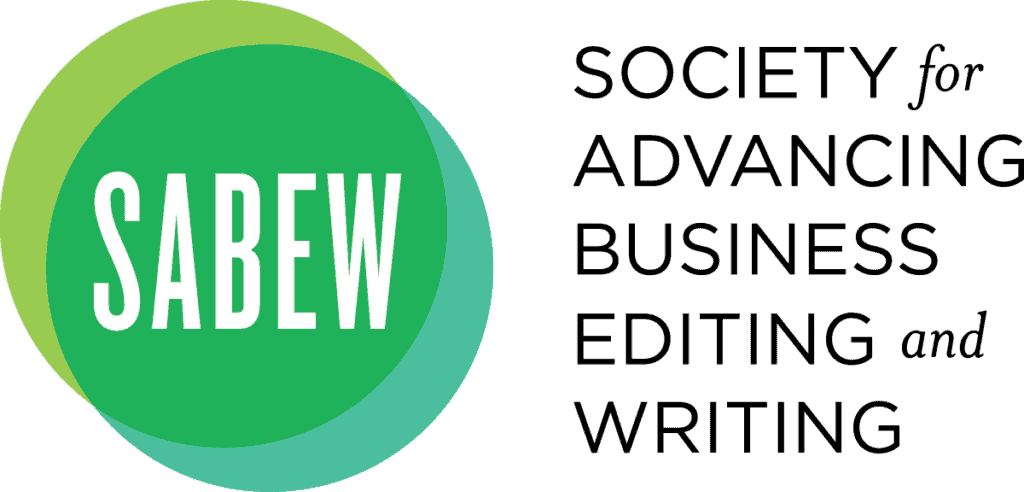By Emily Petraglia
The Georgia Department of Labor announced in October the state’s unemployment rate sank to its lowest level in over 20 years.
However, Alexandra Hardin, a 21-year-old restaurant server and student at the University of Georgia, said some industries are not reflecting the relief of this news, including her own.
A September report from the Georgia Chamber of Commerce said, “despite a 300% increase in those who gained employment in July over June of this year, businesses are still struggling to find workers due to … a shift in priorities and mindset.”
Hardin said she has witnessed this in the restaurant service industry, as more of her peers begin to realize that “they are worth more than minimum wage.”
“It’s certain businesses and certain industries [that] are experiencing those labor shortages,” she said. “People would maybe want to return to those industries if… they were more incentivized to go there.”
Hardin is on the pre-law track at UGA, majoring in political science and international affairs. She said she hopes to be a judge one day and is working her way through school to do so.
“I’m fully independent from my parents financially,” Hardin said. When Moonshiners Bar & Grill Braselton shut down in March 2020, she estimates that “more than half” of the staff was put out of work, including herself.
The Georgia Budget & Policy Institute reported that “during the peak of Georgia’s job loss in April, the unemployment rate was 12.6 percent.” Data from the U.S. Bureau of Labor Statistics shows that the state unemployment rate in Sept. 2021 was down to only 3.2%.
Georgians have also seen an increase in the number of available jobs in local markets since the beginning of the pandemic. The word ‘jobs’ is at peak popularity (100%) on Google Trends for the state of Georgia, which means that Georgians are searching for work more in 2021 than ever before.
However, Ian Schmutte, an associate professor in economics at UGA, said the official data is potentially misleading when considering all factors contributing to unemployment.
“Part of the decreases that we’re seeing [in] unemployment come from people leaving the labor force,” Schmutte said. “We [have] fewer people at work, we’ve also gotten fewer jobs that are open… that suggests to me that the economy is not operating at the capacity that it was prior to the pandemic.”
Hardin said it is “heartbreaking” to watch her coworkers experience damaged images of self during the slow economic recovery.
“Employees are human beings too,” she said. “They’re not disposable and they’re not replaceable.”
Discouragement in workers is still prominent across various industries, as Georgia Public Broadcasting reported that most businesses are still searching for ways to combat it. The popularity of job searches on Google reveals desperation in the active labor force, but also hope.
Schmutte expects to see “an acceleration of the recovery” in coming months, but only if workers persevere. He says that he would “expect to see the labor market to continue to return to normal,” but only after the “drag on the labor force” is lifted.
Forecasters from the Federal Reserve Bank of Philadelphia predict that state and national unemployment rates will continue to fall into the new year.
“There was nothing anybody did wrong,” Hardin said. “It has taught me to just do what I’ve got to do to maintain my job.”
Emily Petraglia is a journalism student at the University of Georgia.

